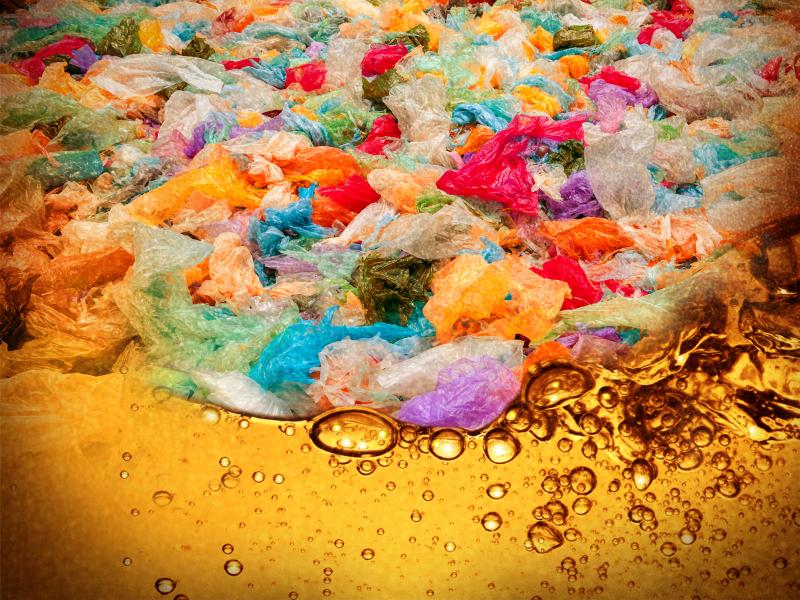
Advanced
Hydrocarbon
Conversion
Advanced
Hydrocarbon
Conversion
Innovations in chemical
conversions and separations for
fossil fuel utilization
Innovations in chemical
conversions and separations for
fossil fuel utilization
Andrea Starr | Pacific Northwest National Laboratory
Using all available energy resources requires new techniques to efficiently convert fossil hydrocarbons to electricity, fuels, or chemicals. To achieve these advances, PNNL applies its expertise in chemistry, materials science, catalysis and reaction engineering, molecular dynamics, computational fluid dynamics, process simulation, process scale-up and testing, and technoeconomic analysis.
Research managed for the DOE Office of Fossil Energy and Carbon Management (DOE-FECM) and other sponsors leverages the fundamental science capabilities PNNL stewards for the DOE Office of Science (DOE-SC)—before and during the transition to bench- and field-scale testing and deployment. For example, PNNL’s Institute for Integrated Catalysis works to marry discoveries developed under DOE-SC programs with programmatic missions within the applied offices, including DOE-FECM.
Carbon Capture
PNNL identifies affordable and effective methods to separate and capture carbon dioxide (CO2) and other gases, and to advance technologies to commercialization. Advanced separations work brings together PNNL laboratories, equipment, staff expertise, and processes to develop new technologies that can be scaled up, tested, and commercially deployed. This provides a disciplined evaluation of each technology as it moves through the stages of development, allowing researchers to screen and rapidly develop the best candidates.
An example of this process is CO2-Binding Organic Liquids (CO2BOLs), a class of compounds developed at PNNL. The resulting CO2BOLs solvent variants offer a robust solution for scrubbing carbon dioxide and other acid gases from the flue streams of coal-burning power plants, each requiring much less energy than traditional methods.
Fuel Cells
A fuel cell is a device that generates electricity by a chemical reaction. Solid-oxide fuel cells operate at higher temperatures and produce electricity more efficiently via hydrocarbon oxidation. Fuel cells offer a more efficient alternative to burning fossil fuels and are being scaled up for stationary power generation applications.
PNNL leads the Core Technology Program for DOE’s Solid State Energy Conversion Alliance (SECA) and is developing advanced materials with better fuel cell performance and affordability. PNNL also integrates fuel cells into sophisticated power systems for a variety of applications.
Coal Conversion
PNNL is developing more efficient ways to convert coal and other hydrocarbon sources, like biomass, directly into liquid fuels. These routes offer the potential to reduce emissions and displace oil imports with domestically sourced fuels. Researchers also are developing ways to convert coal and other hydrocarbons into a synthetic gas that can be burned or converted into other chemicals.

